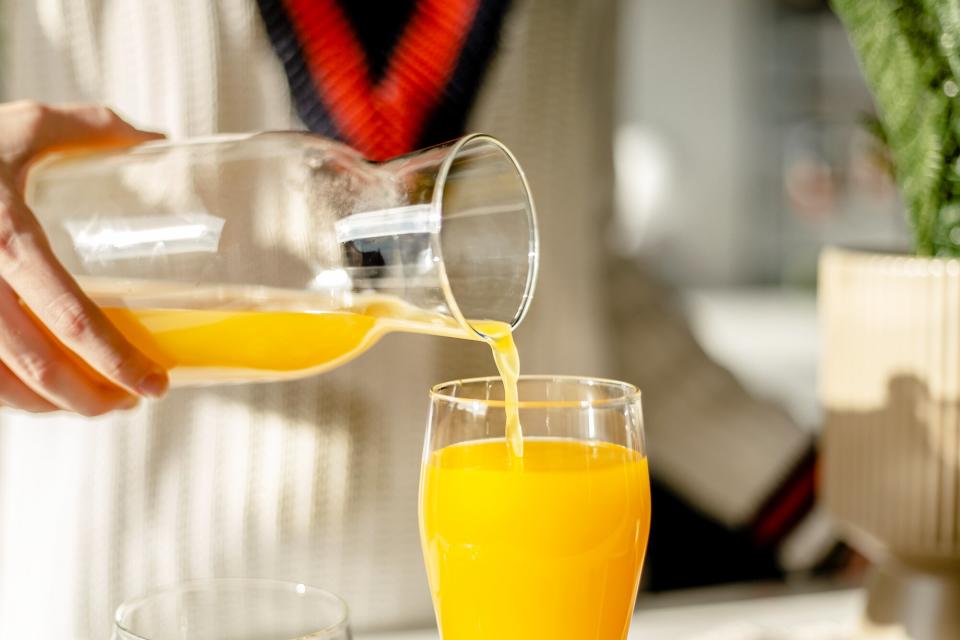FDA Sets Plan to Lower the Acceptable Amount of Lead in Fruit Juices
Hopefully, most Americans are aware of the dangers of ingesting lead. Years of public service campaigns have warned homeowners to watch out for lead paint. And health crises like the still-ongoing one in Flint, Michigan, serve as a chilling reminder of the potential for lead contamination in drinking water.
But what consumers may not know is that trace amounts of lead can also be found in some fruit juices, and though the FDA already has limits on how much of this heavy metal is allowed to be found in juice, advocacy groups have recently pushed the FDA to propose lowering those limits even further.
Yesterday, the FDA issued draft action levels for lead in ready-to-drink apple juice and other single-strength juices and juice blends. Under current regulations, juice can contain as much as 50 parts per billion (ppb) of lead. If the new guidance is approved, those levels will be dropped to 10 ppb in apple juice and 20 ppb for all other ready-to-drink juices.
The proposed change is part of the FDA's Closer to Zero plan announced in April of last year with the goal of reducing childhood exposure to heavy metals including arsenic, lead, cadmium, and mercury from food to as low as possible.
"Exposure of our most vulnerable populations, especially children, to elevated levels of toxic elements from foods is unacceptable," FDA Commissioner Robert Califf stated in yesterday's announcement. "This action to limit lead in juice represents an important step forward in advancing FDA's Closer to Zero action plan, which we are confident will have a lasting public health impact on current and future generations."

Getty Images
In announcing the draft guidance, the FDA suggests that reducing lead exposure entirely may be impossible, pointing out that "lead is in the environment as a naturally occurring element and from consumer and industrial products and processes." However, Consumer Reports — one of the groups pushing for better standards, including with a 2019 study analyzing heavy metals in common juice brands — questions whether the new action levels go far enough.
"These proposed levels seem weak, especially when you consider a significant majority of the industry is already meeting them," stated Brian Ronholm, director of food policy at Consumer Reports, which said over half the juices they tested already had lead levels of 1 ppb or less. "These action levels seem to give credit for work already done instead of attempting to protect public health."
For its part, the FDA seemed to anticipate this criticism. "Our work in this important area of food safety will progress with advancements in science," Susan Mayne, director of the FDA's Center for Food Safety and Applied Nutrition, stated. "For example, action levels may be progressively lowered over time, as appropriate, to make continual improvements."
In the meantime, the FDA's draft guidance — which, again, for now, is only a proposed change — is currently open for public comment.

